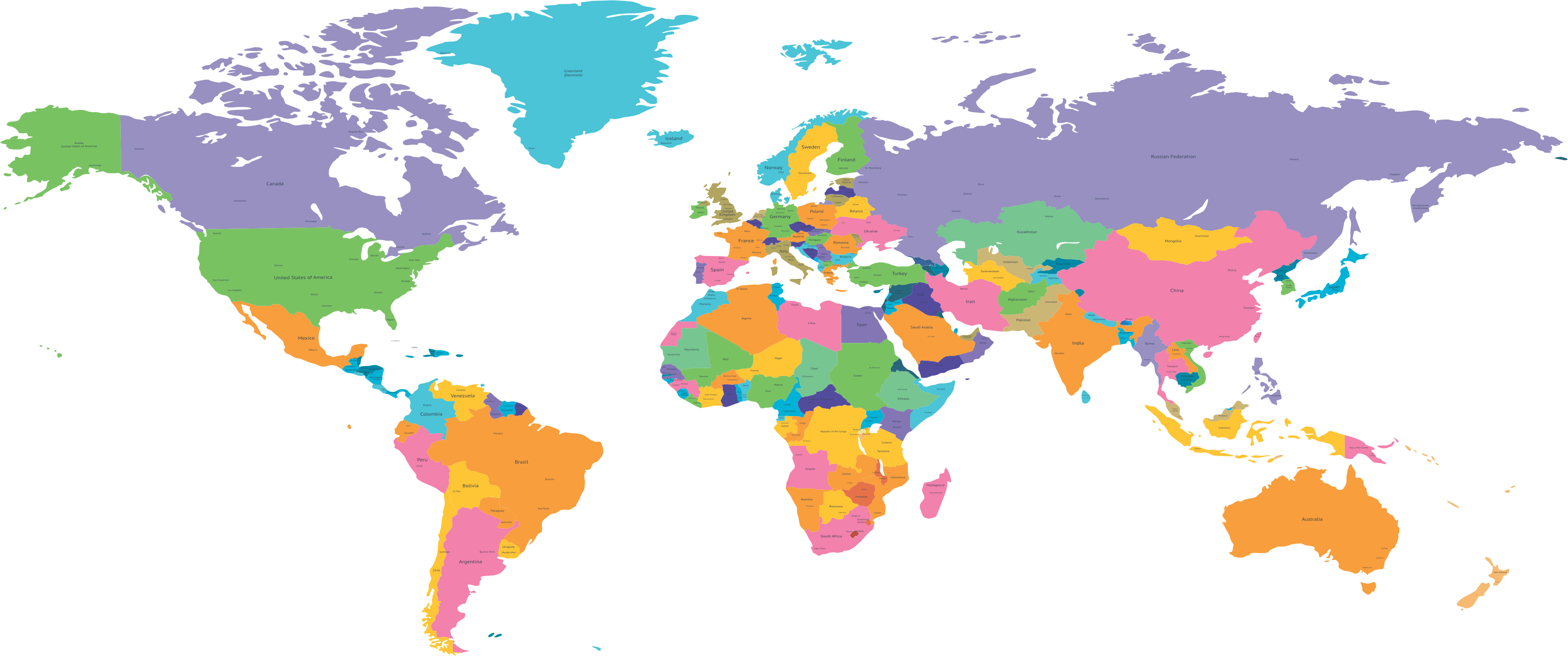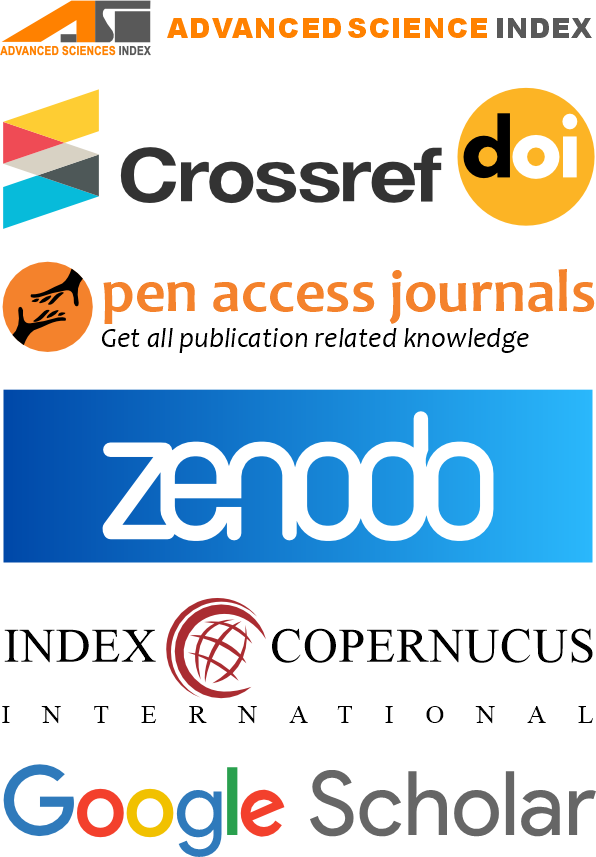Navigating Cultural Topographies: A Vinay and Darbelnet Analysis of Translation Strategies in Ghulam Abbas’s Aanandi
DOI:
https://doi.org/10.55737/rl.2025.42108Keywords:
Aanandi, Translation Strategies, Urdu-English Translation, Cultural Mediation, Comparative LiteratureAbstract
Translation is more than replacing words from one language with another; it is a complex process of cultural exchange that forges connections among languages and traditions. It enables literary worlds to interact across time and place, a phenomenon especially visible in South Asia, where linguistic diversity sometimes fosters harmony but also creates tensions. In such contexts, translation becomes vital for understanding perspectives, negotiating cultures, and addressing power struggles, though it may also involve a loss of meaning. This study analyzes Aanandi, a short story by renowned Urdu writer Ghulam Abbas. Regarded as a remarkable twentieth-century work with allegorical depth, Aanandi explores challenges faced by traditional communities encountering moral hypocrisy, government control, and modernity. Its thematic and stylistic richness makes it an ideal case for testing in translation. The analysis employs Jean-Paul Vinay and Jean Darbelnet’s translation model, which combines direct and oblique methods. Direct strategies comprising borrowing, calque, and literal translation help preserve linguistic and cultural features in the target text. Oblique strategies consisting of transposition, modulation, adaptation, and equivalence which effectively convey culturally embedded idioms, symbolic meanings, and biting satire. Together, these strategies reshape themes of gender, social critique, and ideology, presenting Urdu literature anew on the global English-speaking stage. The interaction between the Urdu original and its English translation highlights the dual significance of this study. It introduces Abbas’s literary art to a global audience while enriching Urdu literary criticism. Moreover, it demonstrates the contemporary relevance of applying Western translation frameworks to South Asian literature.
References
Abbas, G. (1998). Anandi and other stories (M. U. Memon, Trans.). Oxford University Press. (Original work published 1948).
Ahmad, N. (2019). Hypocrisy and power: Moral manipulation in South Asian literature. Stanford University Press.
Ali, M. (2018). Progressive writers' movement: Urdu literature, empire, and the Soviet Union. Routledge.
Baker, M. (2018). In other words: A coursebook on translation (3rd ed.). Routledge. https://doi.org/10.4324/9781315619187
Bassnett, S. (2014). Translation studies (4th ed.). Routledge. https://doi.org/10.4324/9781315837840
Farooqi, M. (2013). The Oxford India anthology of modern Urdu literature: Fiction, poetry, and drama. Oxford University Press.
Jalal, A. (2014). The struggle for Pakistan: A Muslim homeland and global politics. The Belknap Press of Harvard University Press.
Hassan, W. S. (2021). South–south relations in the era of far-right populism: the Syrian refugee crisis on Brazilian television. Comparative literature studies, 58(3), 557-581. https://doi.org/10.5325/complitstudies.58.3.0557
Khan, A. R. (2015). Urdu-English translation: Issues and prospects. Oxford University Press.
Malik, S. (2020). Translating cultures: A linguistic analysis of Urdu-English literary translation. Cambridge University Press.
Memon, M. U. (Ed. & Trans.). (2016). The great Urdu stories ever told. Aleph Book Company.
Munday, J. (2016). Introducing translation studies: Theories and applications (4th ed.). Routledge. https://doi.org/10.4324/9781315691862
Naqvi, T. (2017). The relationship between literature and society in South Asian fiction. Oxford University Press.
Newmark, P. (1988). A textbook of translation. Prentice Hall.
Nida, E. A. (1964). Toward a science of translating: With special reference to principles and procedures involved in Bible translating. Brill.
Oldenburg, V. T. (1990). Lifestyle as resistance: The case of the courtesans of Lucknow, India. Feminist Studies, 16(2), 259–287. https://doi.org/10.2307/3177850
Pritchett, F. W. (2023). The romance tradition in Urdu: Adventures from the Dāstān of Amīr Ḥamzah. Columbia University Press.
Rahman, T. (2011). From Hindi to Urdu: A social and political history. Oxford University Press.
Shamma, T. (2009). Translation and the manipulation of difference: Arabic literature in nineteenth-century England. Routledge.
Toury, G. (2012). Descriptive translation studies – and beyond (Revised ed.). John Benjamins. https://doi.org/10.1075/btl.100
Venuti, L. (2017). The translator’s invisibility: A history of translation (3rd ed.). Routledge. https://doi.org/10.4324/9781315098746
Vinay, J. P., & Darbelnet, J. (1995). Comparative stylistics of French and English: A methodology for translation (J. C. Sager & M. J. Hamel, Trans.). John Benjamins. (Original work published 1958).




